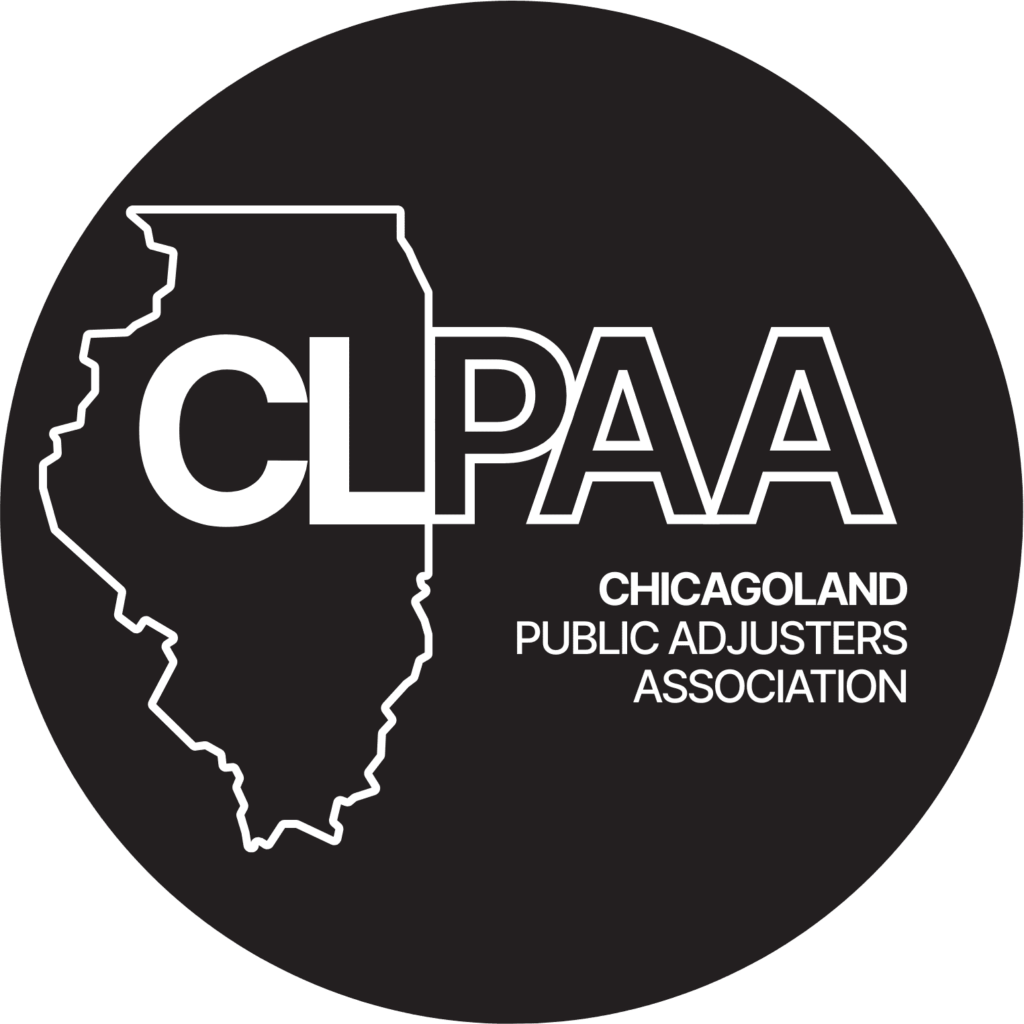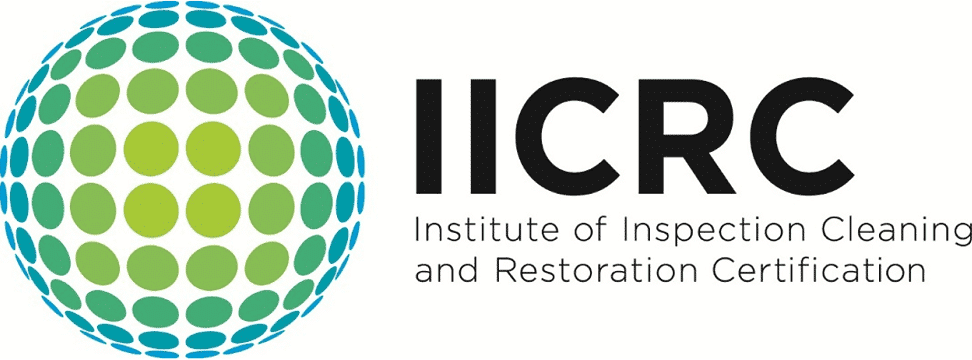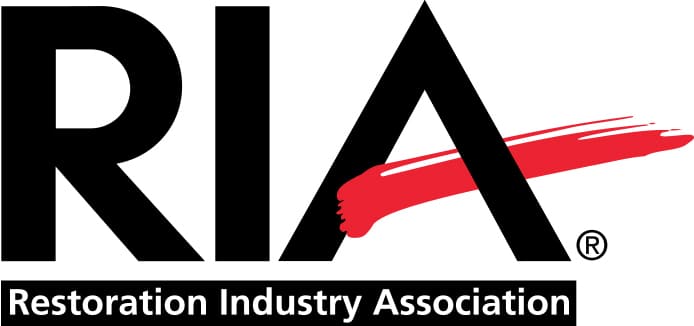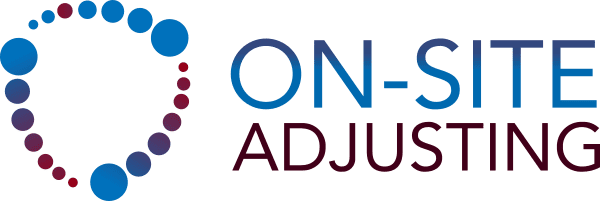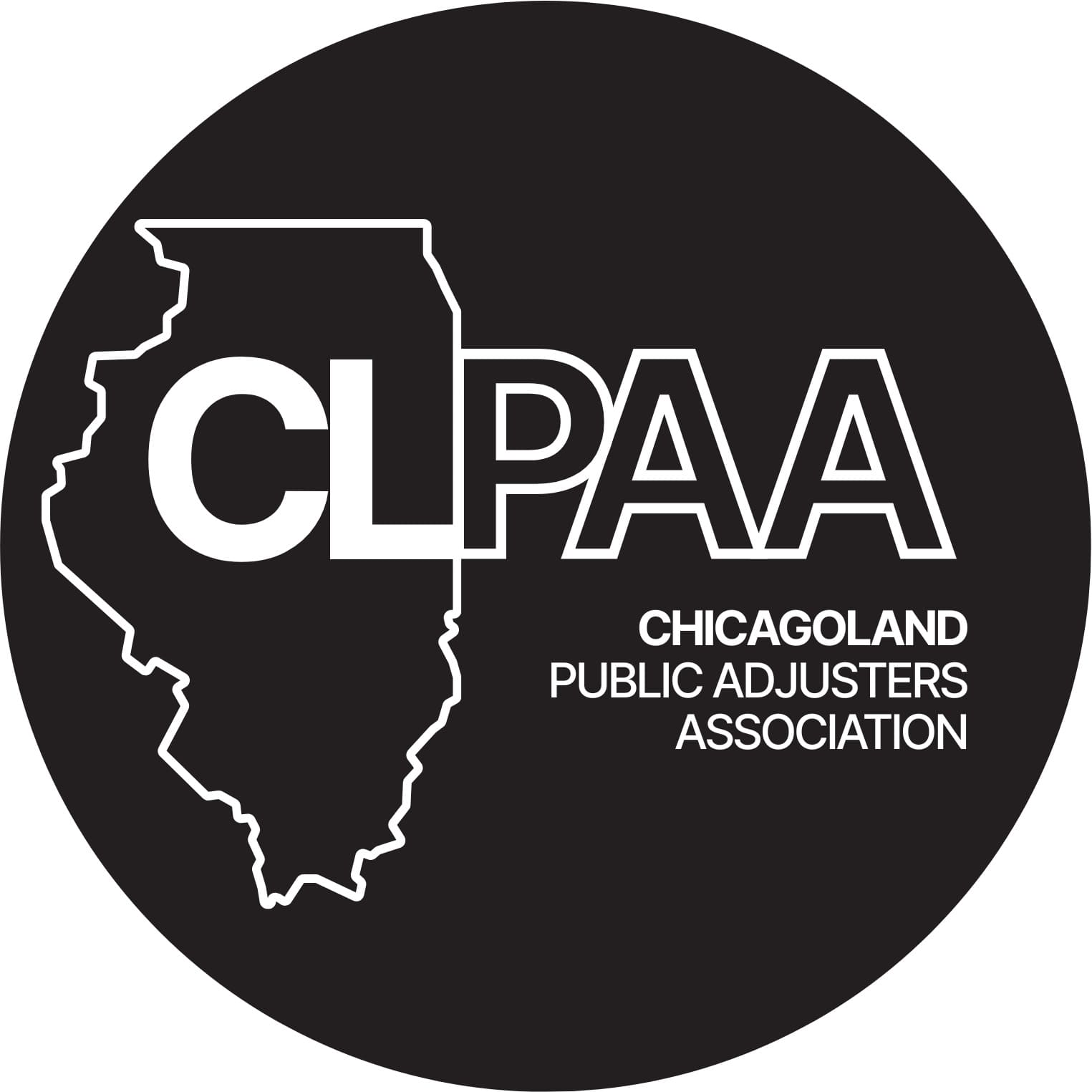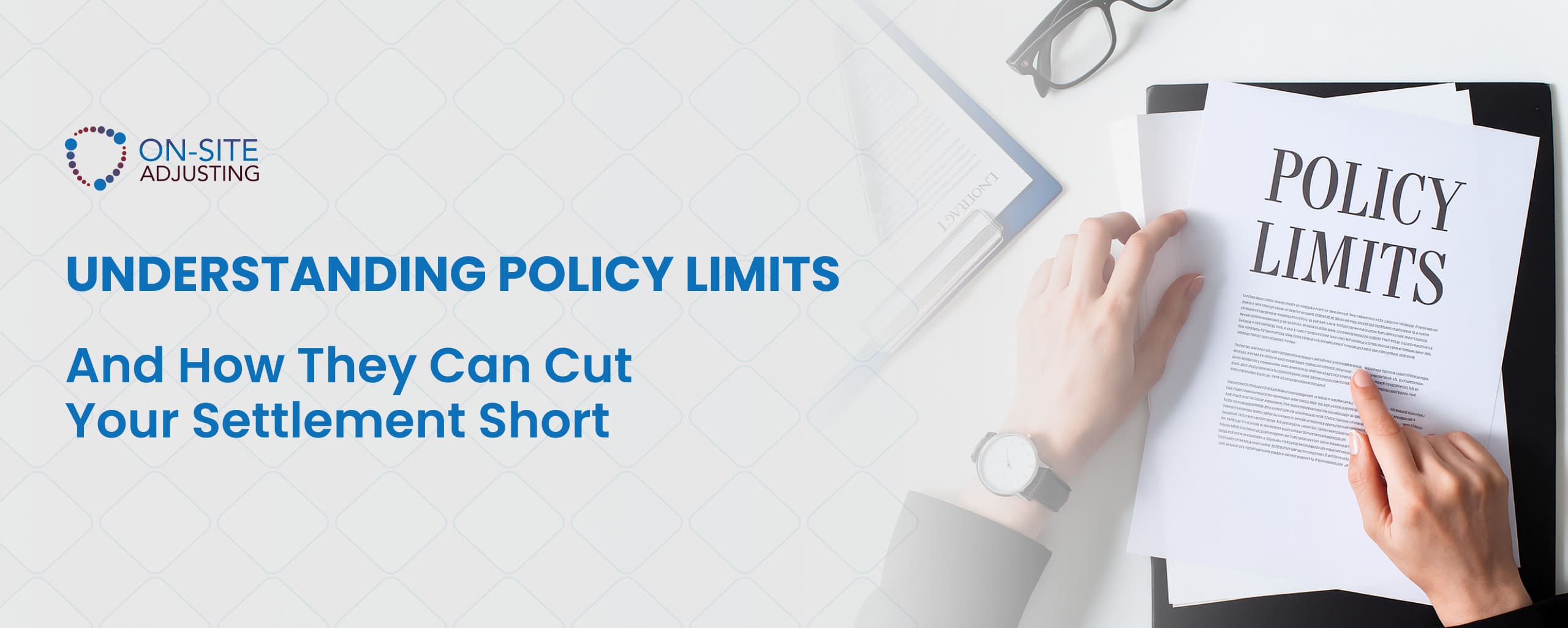
When a property owner files a homeowner insurance claim due to a fire or flooding, they expect full coverage from the insurance company. However, this is not always the case. The insurer cites “policy limits” and pays significantly less than what is needed for complete repairs. It turns out that the policy, for which the owner has been paying premiums for years, has a financial ceiling.
Curious about what policy limits are and how insurers use them to reduce payouts? Read on — all answers are in this article.
What Are Policy Limits?
A policy limit is the maximum amount an insurance company will pay for a specific type of loss. However, it is not a single limit, as it consists of several smaller ones. A standard homeowner policy usually has limits in the following categories:
- Dwelling. Coverage for full repairs or partial restoration of walls, roof, and foundation; this limit is the highest.
- Personal Property. Coverage for furniture, clothing, and electronics is usually a percentage of the dwelling limit (e.g., 50–70%). For an accurate assessment, it is recommended to conduct a home contents inventory.
- Coverage D (Loss of Use). Compensation for additional living expenses while your home is being repaired.
- Other Structures. A separate limit for a garage, shed, fence, etc.
This breakdown allows insurers to manage their risks. For example, a policy may have a $500,000 limit for the dwelling but only $250,000 for personal property. If a fire destroys both the house and belongings, you cannot use “unused” money from one category to cover losses in another.
There are also time-based limits: per-occurrence and per-year. For property owners, the first type is more relevant.
How Policy Limits Affect Your Payout
A limit strictly defines the maximum payout. Even if property damage is obvious and documented by you, the insurance company is not obligated to pay more than what is stated in the policy.
Example. A fire caused $400,000 in structural damage to a house. However, the “Dwelling” coverage limit in the policy is only $350,000. Here’s what happens: the insurance company pays $350,000, and the remaining $50,000 must be covered out of the owner’s pocket.
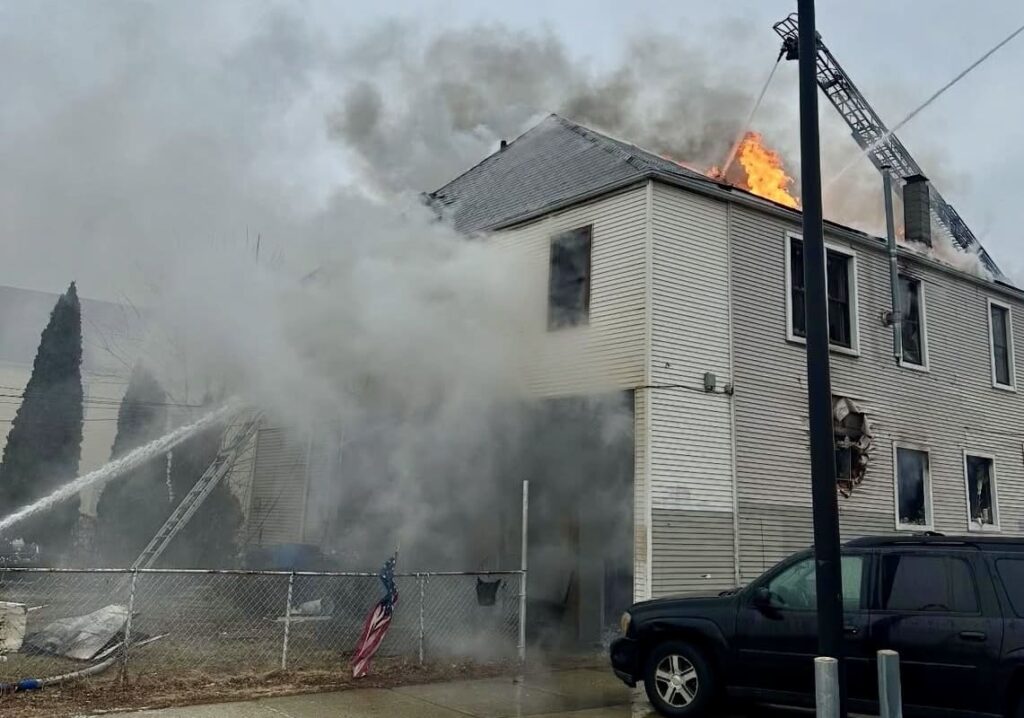
Another factor that reduces the payout, even if the loss does not exceed the limit, is depreciation.
Example. A house is completely destroyed by fire. The policy limit is $500,000. The owner expects to receive the full amount. However, the insurance company takes a more strategic approach by applying depreciation, taking into account the wear of metal support structures. As a result, the initial payment (ACV) is $300,000 — far from the expected $500,000. Even when filing a total loss fire claim, full compensation is not guaranteed.360ua.news
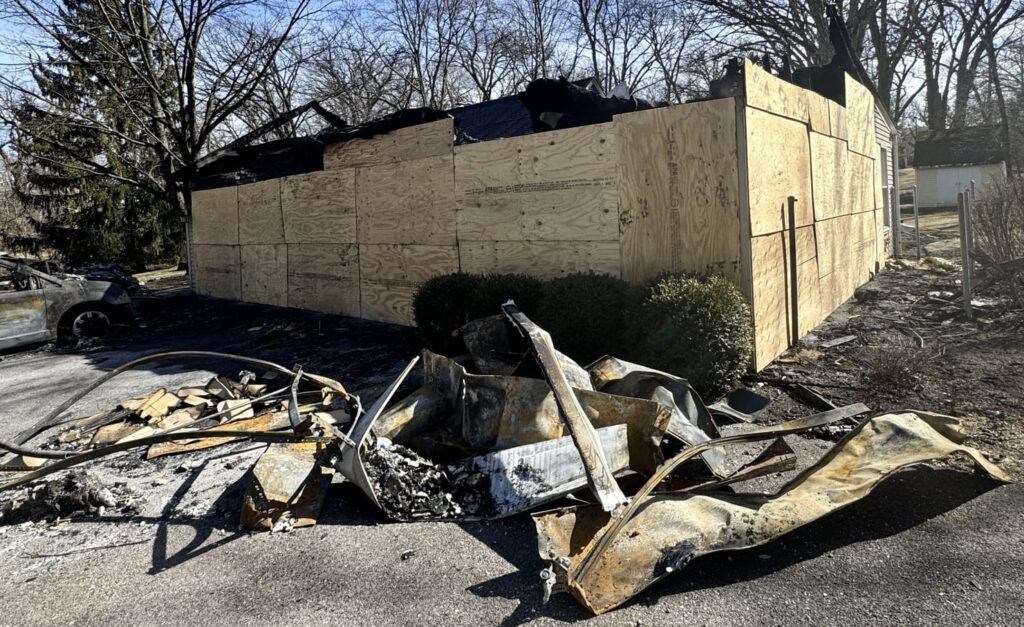
The problem is compounded by the fact that hundreds of property owners do not review their limits for years. Construction and material costs rise, and coverage that was sufficient 3–5 years ago for repairs is now catastrophically low.
Feeling stuck with your claim? You don’t have to fight alone.
Reach out to us — we will review your claim for free and help you understand your options
Insurer Tactics Related to Limits
The mere existence of limits is already a problem for owners whose property has been damaged. At the same time, the main difficulty lies in how insurance companies strategically apply them.
The Gallagher report, “Insurance Market Report” (May 2025), confirms that insurers actively divide coverage into micro-segments. That is, to pay less compensation, they create a complex system of limits and sub-limits, guided by several tactics.
| Tactic | Explanation |
|---|---|
| Creating narrow categories | The insurer’s representative divides coverage into small sub-items with low limits to restrict payouts. |
| Excluding certain property types or damage from the main category | The insurer deliberately excludes certain types of damage (e.g., water intrusion or mold) from the main “Dwelling” limit, forcing the owner to claim compensation under a much smaller separate sub-limit. |
| Applying sub-limits | Even within the “Personal Property” category, very low limits are set for valuable items (jewelry, electronics). For example, the limit for an antique vase may be $1,500, while its actual value is much higher. |
| Misclassifying losses | When damage has occurred, the insurer tries to fit it into the category with the lowest limit. For example, smoke damage after a fire may be classified as “contamination” rather than a direct fire consequence, applying a lower limit. |
It looks confusing, doesn’t it? In fact, it is. And this is done intentionally so that the insurance company gains more leverage to justify smaller payouts.

How a Best Public Adjuster Helps Work Within Limits
The job of a public adjuster for insurance claim is to make the policy work for you. On-Site Adjusting is licensed in California, Wisconsin, and Illinois, and we know how to counter the insurance company tactics described above.
The direct responsibilities of our independent public adjuster include:
- Analyzing the policy and all limit structures to identify every possible source of coverage.
- Optimizing the claim filing to maximize available coverage for each category.
- Reclassifying damage to avoid restrictive sub-limits and apply categories with higher payouts.
- Managing depreciation to ensure a higher payout.
- Handling issues of negotiating settlement offers regarding fair distribution of payments with the insurer.
On-Site Adjusting is a licensed independent adjuster in California, Illinois, and Wisconsin, advocating solely for the policyholder. Our public adjusting services level the playing field, giving you an expert on your side comparable to the insurer’s.
What to Do If Your Policy Limits Are Too Low
The best time to address limits is before disaster strikes. Otherwise, you risk losing a significant amount of money if an emergency occurs. Based on dozens of case studies, we advise our clients to:
- Regularly review the policy. At least once a year or after any major renovation, check whether your limits match the current value of your property.
- Evaluate current replacement cost coverage. Repair and contractor costs in 2015 and 2025 differ. If your limits are outdated, a financial gap arises between coverage and the actual cost of work, which you will have to cover yourself.
- Increase limits during policy renewal periods. A small premium increase today can save you tens of thousands of dollars in losses in the future.
- Find a public adjuster. It’s best to hire a specialist even at the stage of filing residential or commercial claims. This ensures that your limits are used strategically.
Don’t wait for a disaster to learn the cost of inaction. The consequences are especially severe for large loss insurance claims.
Final Thoughts
For the insurance company, limits are a cost management tool. For you, they are the boundary that determines whether you can fully restore your home. By understanding how these limits work and enlisting the support of public adjuster companies, you can receive fair compensation from your insurer.
Want a free policy review and coverage analysis? Call the On-Site Adjusting team at (866) 861-4992 or (866) 933-0404, or fill out our contact form.
READY TO GET YOUR PROPERTY BACK TO NORMAL?
Fill in this form, and we'll get back to you shortly

